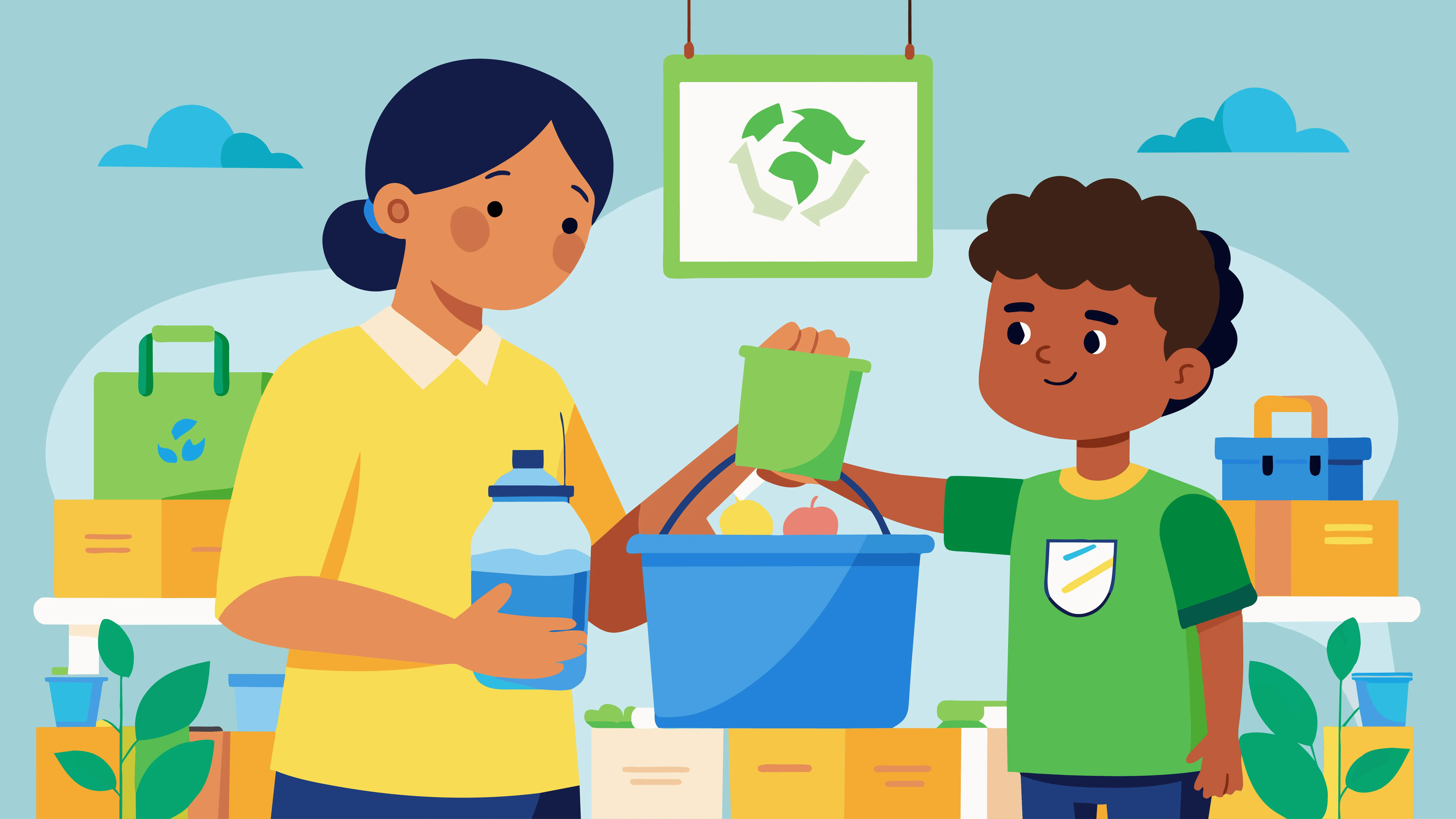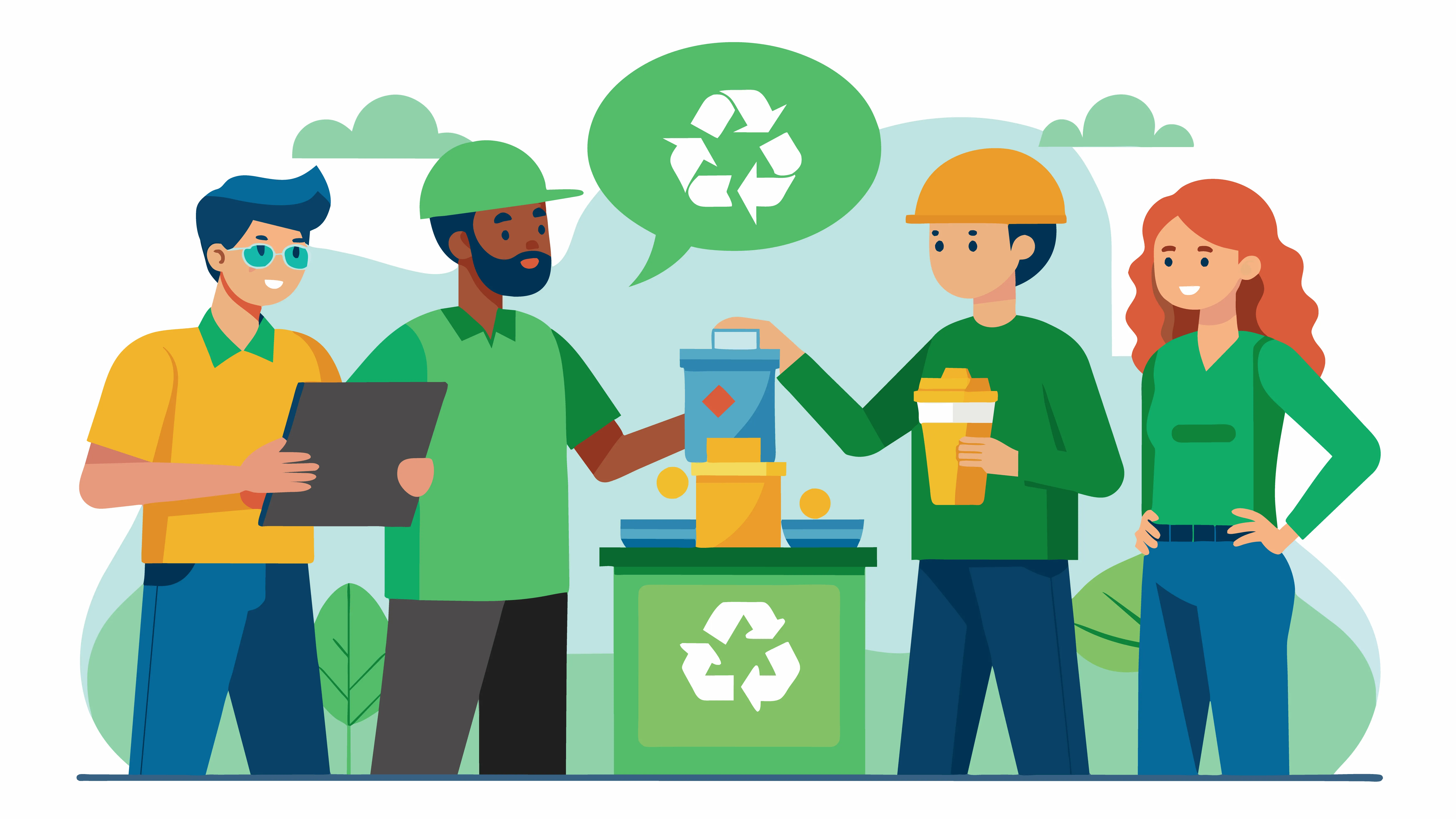Packaging is now more about safeguarding the product and its users than it is about branding or aesthetics in today's safety-conscious society. Strict requirements must be met by packaging in sectors including medications, cannabis, chemicals, and home goods in order to guard against tampering and guarantee that it is child-resistant. Tamper-proof and child-resistant packaging (CRP) has grown crucial as consumer awareness and regulatory frameworks become more stringent. This blog examines the most recent developments, important legal requirements, and emerging trends influencing this important area of the packaging sector. To support this, the Pharma Packaging & Labelling Forum organized by World BI brings together suppliers and manufacturers, enabling them to find the ideal partners for their packaging and labelling needs.
The Significance of Tamper-Proof and Child-Resistant Packaging:
There are two main uses for child-resistant and tamper-proof packaging:
Product Integrity & Customer Trust:
- Visible proof that a product has been opened or changed is provided by tamper-resistant packaging.
- Particularly in industries like pharmaceuticals, it safeguards against tainted or counterfeit goods and helps to increase customer confidence.
Child Safety:
- Packaging that is child-resistant is made especially to keep kids from inadvertently consuming dangerous goods.
- Accidental poisoning is one of the leading causes of damage among young children, according to the World Health Organization (WHO).
- Effective packing greatly lowers this danger.

Regulatory Environment: International Standards for Compliance:
Globally, governments and regulatory agencies have set stringent standards for packaging that is both child-resistant and tamper-evident. A few significant rules and guidelines are listed below:
United States:
- In the United States, tamper-evident packaging is required for over-the-counter (OTC) medications by the Food and Drug Administration (FDA) under 21 CFR 211.132.
- The Poison Prevention Packaging Act (PPPA), which is enforced by the Consumer Product Safety Commission (CPSC), mandates that drugs and household chemicals be packaged in a way that is child-resistant.
European Union:
- The EU Falsified Medicines Directive (FMD) requires prescription medicine packaging to have tamper-evident features.
- The European standard for CRP of non-reclosable pharmaceutical packaging is EN 14375.
Canada:
- The Consumer Chemicals and Containers Regulations (CCCR) of Health Canada establish specifications for toxicity labelling and CRP.
- In order to guarantee that packaging is inaccessible to children under a specific age but still usable by adults and elders, these requirements frequently call for extensive testing.
Tamper-Proof Packaging Innovations:
Here are the below:
Shrinkable Bands and Breakable Seals:
- These are some of the most often used tamper-evident solutions. Bands or seals around a bottle cap cannot be resealed once they are broken, which makes interference obvious.
Sealing by Induction:
- This method bonds a foil seal to the container opening via electromagnetic induction. It offers outstanding defense against tampering and leakage.
NFC and RFID-Enabled Smart Labels:
- Some businesses are incorporating radio frequency identification (RFID) and near field communication (NFC) technology into labels to provide real-time authentication, traceability, and tamper detection using smartphones.
Void Labels & Holographic Seals:
- If someone tries to remove these labels, they will disclose a concealed message such as "VOID," providing obvious evidence of tampering. Holographic seals prevent counterfeiting as well.
New Developments in Packaging That is Safe for Children:
Push-and-Turn Caps:
- These caps demand coordinated movements, such pressing down while twisting the cap, that are hard for kids to imitate but that adults are accustomed to.
Blister Packs with Peel-Push Mechanism:
- These pharmaceutical-related designs add another level of difficulty for kids by requiring them to peel off a foil before pressing out the tablet.
Side & Lock Containers:
- In cannabis packaging, slide-and-lock containers are growing in popularity. Only by simultaneously pushing and holding a locking mechanism will the container open.
Flexible Pouches with CR Zippers:
- The resealable pouches with zippers that need to be aligned or squeezed are a recent invention that might be challenging for kids to use.
Challenges in Implementation:
In spite of the progress, a number of difficulties still exist:
Keeping Accessibility and Safety in Mind:
- Making a package too hard to open might turn off elderly or handicapped customers. Packaging therefore has to be carefully balanced.
Consequences for Cost:
- Enhanced safety measures frequently raise production costs, particularly for small and medium-sized businesses.
Sustainability:
- Multi-material composites are used in many CRP and tamper-proof technologies, which makes recycling more difficult.
- More environmentally friendly designs are being actively developed by the industry.
Safety and Sustainability Together: A Developing Trend
Packaging makers are under pressure to create safe and sustainable solutions as environmental concerns grow.
Among the innovations are:
- Designs using only one material to make recycling simpler.
- Integrity-preserving biodegradable safety seals.
- Single-type plastic closures that are recyclable and child-resistant.
- Increased R&D spending on biodegradable, reusable, and intelligent materials is the result of the shift toward sustainability without sacrificing compliance.
Applications Particular to a Certain Industry:
Pharmaceuticals:

- The most regulated industry consists of over-the-counter and prescription pharmaceuticals.
- Blister packs, bottles with CR closures, and identification technologies are the main areas of innovation.
Cannabis:
- Since legalization in many areas, cannabis packaging needs to adhere to tamper-evidence and child-resistance regulations.
- Packaging that is odor-proof, resealable, and has locking mechanisms is popular right now.
Chemicals & Home Goods:
- CRP is essential for goods like paints, cleansers, and insecticides.
- Clear danger warning must be included on labels, and dosage mechanisms are frequently included into packaging.
The Future of CRP and Tamper-Proof:
As packaging technologies develop further, the following can be anticipated:
- Innovative packaging that uses QR codes to instantly verify the goods.
- Customers may learn how to open and operate things securely by using augmented reality (AR).
- AI-powered packing line quality monitoring to guarantee uniformity and adherence.
- Future developments in AI and IoT might enable real-time package integrity monitoring across the supply chain, substantially lowering the possibility of accidents or manipulation.
World BI Pharma Packaging & Labelling Conferences:
Packaging that is child-resistant and tamper-proof is not only a legal requirement; it is an essential safety measure that saves lives, upholds the integrity of the brand, and fosters customer confidence. Secure packaging appears to have a bright future as innovation co-exists with increased environmental responsibility and compliance.
Adopting the newest safety advances and staying ahead of regulatory standards may provide your product a competitive edge while guaranteeing end-user safety, regardless of your role as a compliance officer, manufacturer, or package designer. Exclusive gatherings are organized by the Pharma Packaging & Labelling Conference, which provides a platform for distinguished leaders, Artwork Professionals, and Industry experts from different companies to come together with the common goal of promoting worldwide knowledge.
For more information, kindly visit World BI.